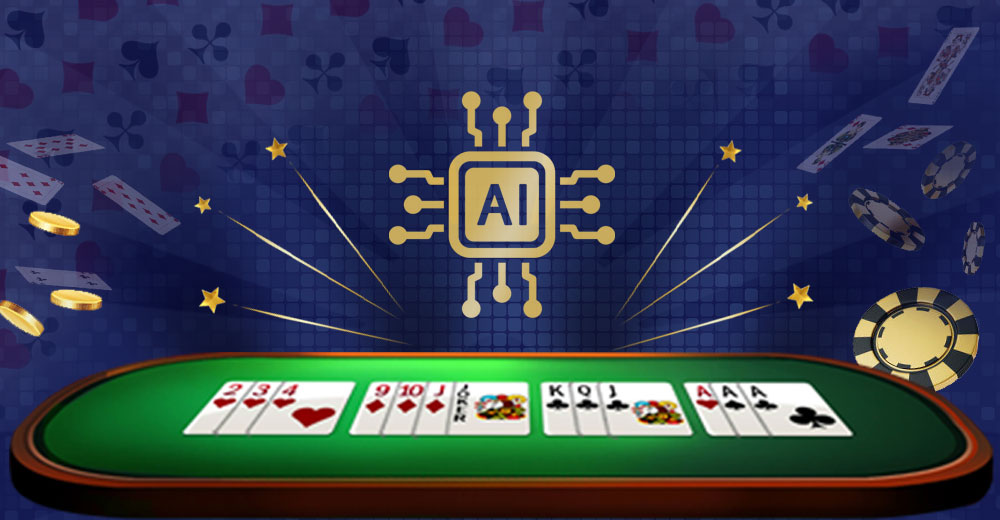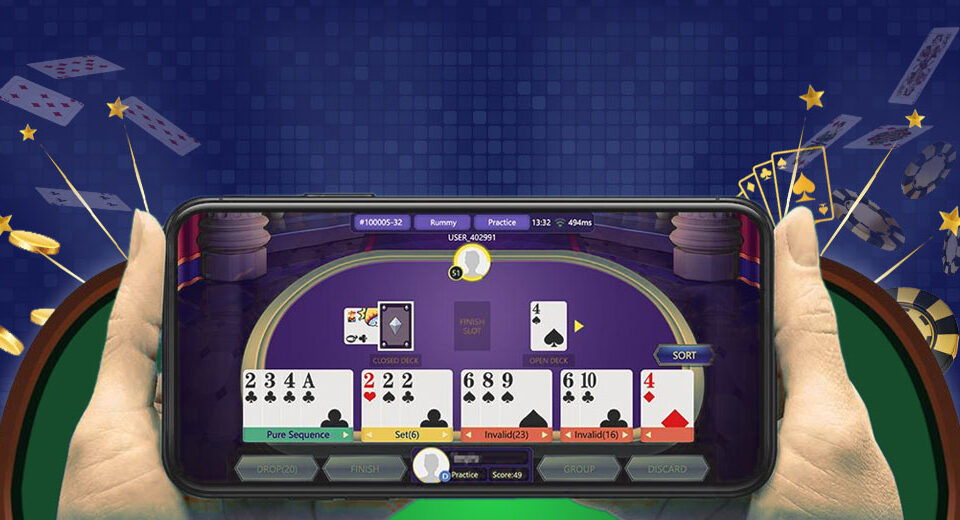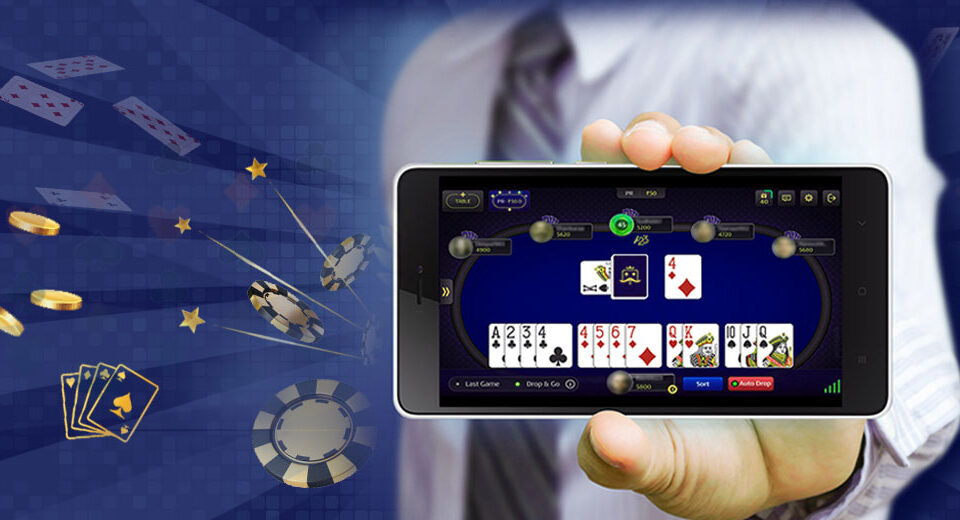AI vs Human in Rummy: Era of Competitive Card Gaming
As the popularity of rummy grows in the digital age, one of the most fascinating developments is the growing involvement of artificial intelligence (AI) in gameplay. What was once a purely human-driven strategy game is now sharing the stage with machine-driven logic and automation. The use of AI in rummy has evolved beyond tutorials and matchmaking—it’s now influencing gameplay mechanics, skill training, and even competitive formats. This shift has introduced a new layer of excitement and complexity to the card gaming landscape.
In this article, we’ll explore how AI is being used in modern rummy platforms, how it compares with human gameplay, and what this technological shift means for the future of competitive rummy.
1. The Rise of AI in Rummy Platforms
AI in rummy is primarily used for enhancing user experience, maintaining fair play, and offering practice modes. However, with advancements in machine learning, AI bots are now capable of executing near-perfect strategies, adapting their gameplay based on patterns, and making rapid decisions without fatigue. Many platforms now use AI to simulate real opponents, providing players with consistent and challenging training environments.
2. Human Advantage: Creativity and Intuition
Human players excel at reading opponents, bluffing, and adapting in ways that AI can’t fully replicate. The ability to infer strategy based on subtle behavioral changes or unexpected moves is something that gives human players a psychological edge. While AI relies on probabilities and coded responses, human players bring emotional intelligence and creativity to the game—qualities that are particularly impactful in a competitive rummy tournament setting.
3. AI Strengths: Speed and Pattern Recognition
AI’s key strength lies in its ability to process data at lightning speed. It can analyze discard patterns, predict potential sequences, and optimize card choices with high precision. In terms of consistency and error-free execution, AI bots are unmatched. For new players learning how to play Indian rummy, practicing against AI can offer structured and predictable learning experiences.
4. The Learning Curve and Adaptability
AI continues to evolve through reinforcement learning, meaning the more it plays, the more refined its responses become. While humans also improve with practice, they are prone to distractions, fatigue, and emotional fluctuations. However, in unpredictable game scenarios, experienced human players still tend to outmaneuver AI by making intuitive decisions beyond programmed logic.
5. The Future: Coexistence or Competition?
Rather than replacing human gameplay, AI is likely to coexist alongside it, serving as both a training tool and an opponent. The integration of AI can raise the overall skill level of players, improve the quality of rummy strategy, and create new formats that blend human-versus-machine experiences. As this balance evolves, the rummy community will witness innovative developments that could redefine what competitive card gaming looks like.
Conclusion - In rummy’s digital future, the smartest player may not be human - but the most intuitive one still will be.
AI and human players each bring unique strengths to the rummy table. While artificial intelligence offers precision, speed, and structured learning, human intuition, adaptability, and creativity continue to be unmatched in complex, real-time scenarios. This blend of machine and mind is not only transforming how the game is played but also expanding its appeal to a wider audience.
As AI tools become more integrated into online Indian rummy games, players will benefit from new training features, enhanced fair play systems, and a higher level of overall competition. Yet, the heart of rummy remains rooted in the unpredictable and personal style of human strategy.




